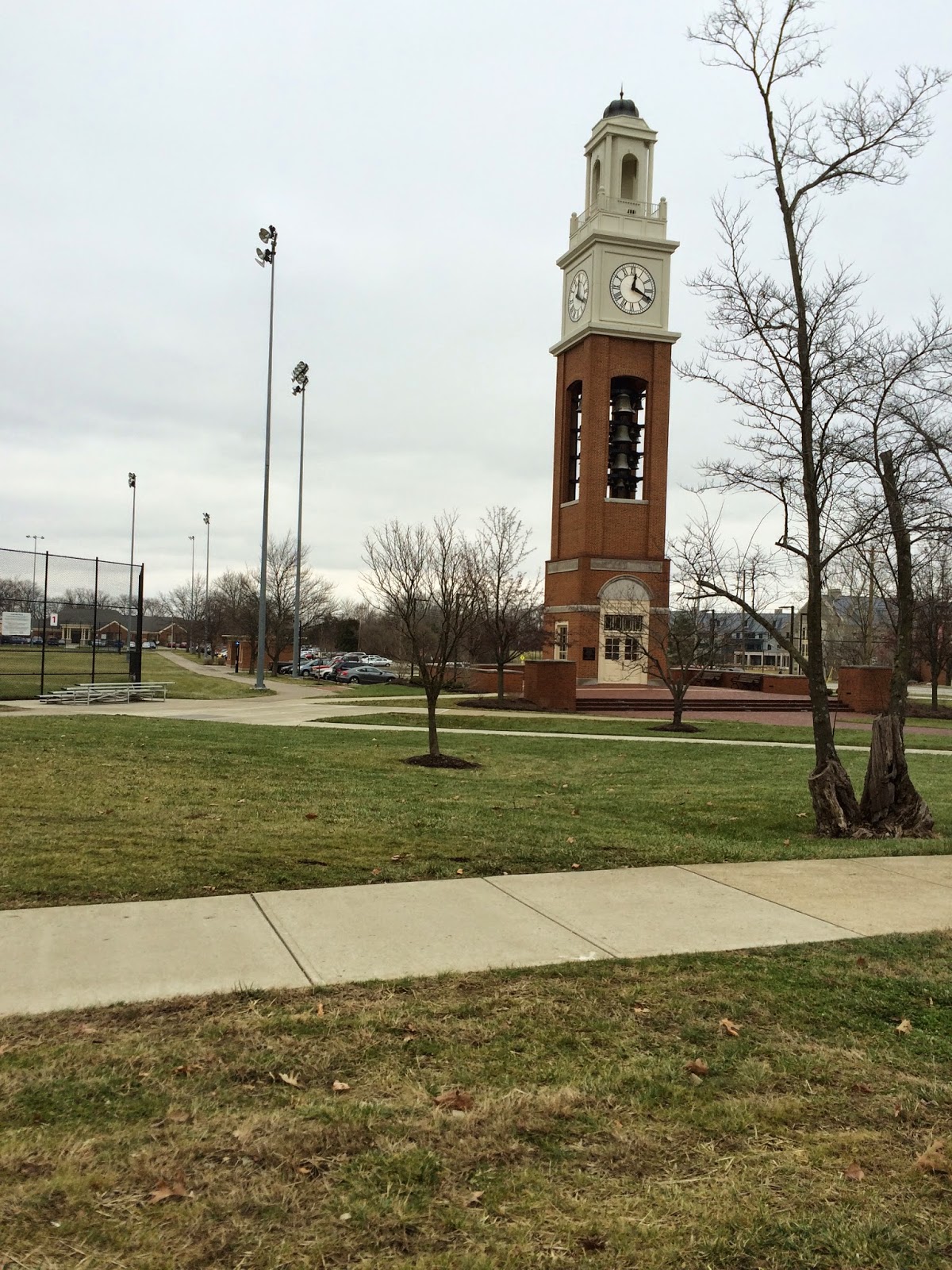We travelled to Hueston Woods today because it is one of Ohio's 3 geo-sites. According to Dickas (101 American Geo-Sites), "Geology is a field of study of unusual diversity... one of the most popular of these is paleontology, the study of life in past geologic time as known through at the fossil record." During the waning centuries of the Ordovician period (approximately 445 million-years-ago), Ohio was positioned 20 degrees south of the equator and drenched by the tropical waters of the Tippecanoe Sea, classed as the greatest-ever submergence of any continental landmass. This warm, oxygenated sea created a utopian environment for marine organisms. In life they flourished -- in death they were preserved en masse. The Ohio Division of Geological Survey has suggested that if all the fossils were removed from the Ordovician strata beneath Cincinnati, the city would slump to below sea level. Mr. Spock collected only a few rocks with fossils, so Cincinnati is in no danger today.
Hueston Woods is located about 10 miles from Oxford, Ohio, site of Miami University of Ohio. We passed through the town/campus (the university dominates the town - 16,000+ students) just after noon and the carillon was playing Christmas music.
All of the buildings are red brick.
It is a lovely campus. I actually attended a week-long library administration course here during the late 1970s, while I was working at Springfield, MA. Several of us drove from MA to Ohio in the summer and I remember it as being hot and very humid.
The charming downtown...
with a brick main street.
This covered bridge, constructed in 2009, is at the entrance to the park.
We met Jacki, who has worked at the park since 1992, in the park's office, the only building that was open. She showed us, on a park map, were to go to collect fossils. Because Ordovician fossils are so abundant in the park, anyone is permitted to collect specimens for personal collections.
Mr. Spock showing Frederick fossils in the rocks by the stream bed. It was 33 degrees!
Spock explained that the most abundant fossils are bryozoans (moss animals), found as encrusting, twig- and fan-shaped colonies.
The few fossil rocks that Mr. Spock collected.
I think that this rock shows bryozoans - I can see fan and twig-like forms.













Are you in Indiana? We use Indiana Limestone for treads sometimes on stairs. Should be plenty more Limestone in the near future for you. I like the fossils, evidence of what was.
ReplyDelete